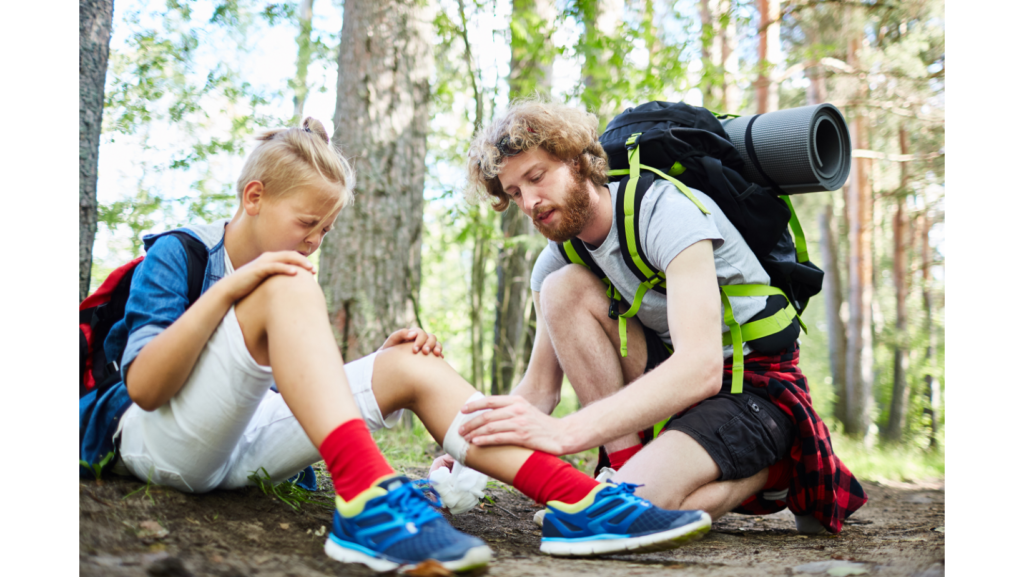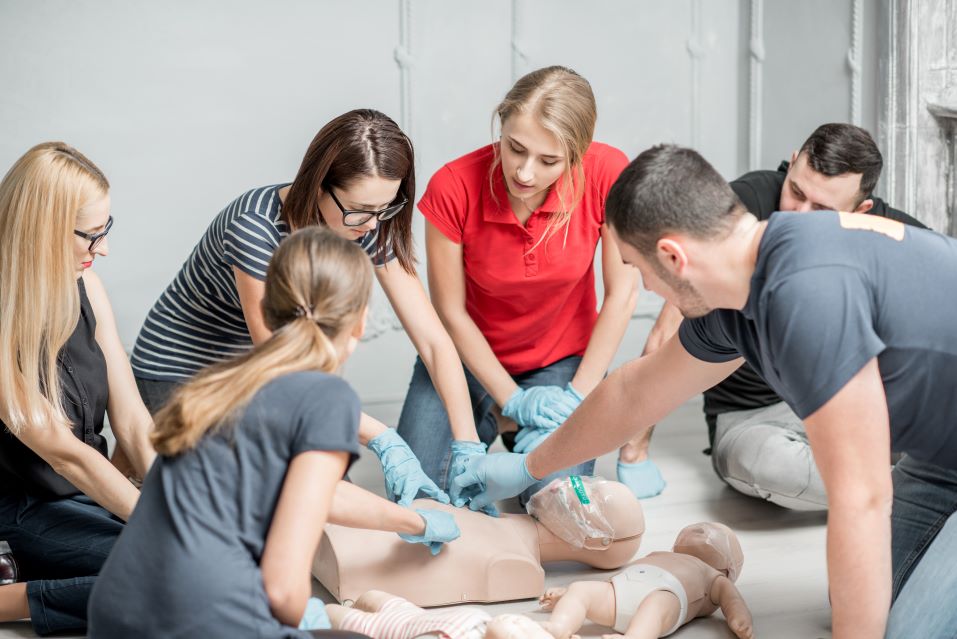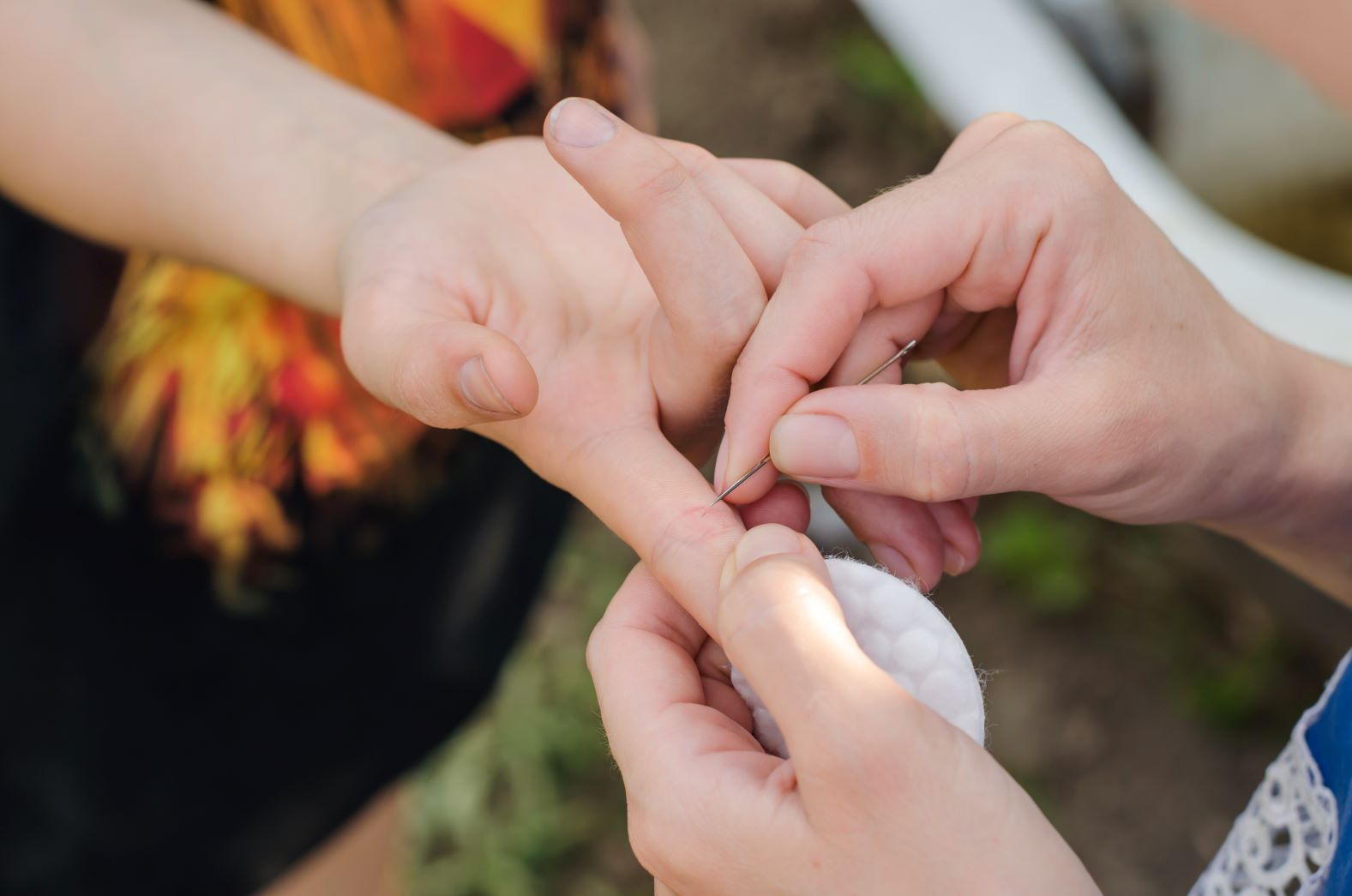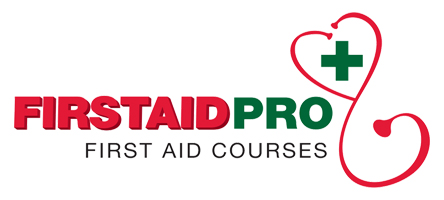Outdoor activities in a remote location present unique and often unexpected challenges. In such a hard to predict environment, it’s not uncommon for accidents and injuries to occur. This is when Remote First Aid is needed.
Outdoor Safety
Spending time outdoors provides an opportunity to unplug and enjoy quiet time away from the busy city. However, the downside is that you don’t have easy access to emergency services and urgent care clinics. This is where remote first aid comes in, training you to provide first aid care in situations where help might take a long time to arrive.
The majority of outdoor injuries are minor and easily treatable. When treating such injuries, the main goal is to easy symptoms and prevent the condition from growing worse or suffering added complications.
Even in the case of more serious injuries, remote first aid teaches the skills you’ll need in an emergency when medical assistance might be some time away.
The course is ideal for campers, hikers, scouts and scout leaders, outdoor enthusiasts, and anyone who works or regularly spends time in a remote or isolated environment.
Of course, in a remote first aid situation, one of the first things you’ll need to address is patient and scene assessment – all of which is covered in remote first aid training. This include sizing up the scene , identifying threats, and conducting focus exams such as head-to-toe checks, checking vital signs, and establishing the person’s medical history.
Learn how to recognize and treat injuries and illnesses (both big and small) and how to manage the casualty and their injury or illness in an ongoing manner – making decisions about care, and monitoring and assessing their ongoing condition.
And of course, remote first aid is not just for use in the outdoors or backcountry. It is just as relevant in regions with a risk of hurricanes, floods, fires, or other mass casualty events, when there may be a significant delay in emergency services.
Step By Step Guide To Remote First Aid
Here’s a simple guide on how to provide first aid in the great outdoors.
Determine If The Area Is Safe
Before approaching the scene, ensure there is no ongoing risk – both for the patient and the responder. Although moving a casualty is not generally ideal, in some cases there might be a need to move the person – such as a rockslide, where additional rockfall is a risk.
Identify Potential Risks And Hazards.
Look around and try to identify the cause of the injury or accident. It gives an idea of what type of injury might be present.
Assess The Injury
Do an initial assessment of the patient’s condition. Check if there is any breathing troubles or restriction to their airway, and if there’s any significant bleeding. If there is a major wound, you’ll need to stop the bleeding ASAP – significant blood loss can be life threatening.
Deal with life-threatening conditions before treating the less critical ones. The conditions that require urgent care include airway obstructions removal, direct pressure to bleeding injuries, choking, or any situations that may require CPR.
Once the person is out of imminent danger, you can do a more thorough examination.
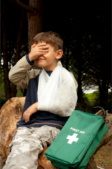 Create A Treatment Action Plan
Create A Treatment Action Plan
Gather all the information and make a first aid action plan – working out what needs to be done, and how to make it happen.
Follow the plan while monitoring the person’s condition, being ready to adapt to new complications. Make good use of the resources you have available, including your first aid kit – an essential piece of equipment for any remote location.
Provide First Aid
Provide treatment or emergency care depending on the type of injury or illness. Minor injuries, might only require simple first aid, and the person can continue with their activities – although you should watch to make sure their condition doesn’t grow worse.
For more significant injuries you’ll need to provide more significant assistance, and there might be a need to evacuate the person to the nearest medical facility.
Make A decision
The first responder or the person in charge may need to decide whether to stay or evacuate. It is a complex decision based on the specific symptoms, the person’s condition, the remoteness of the location, and the availability of the resources.
Conclusion
In many cases, emergency care will not be immediately available in remote locations, and mobile communication does not always work. The person may have to deal with the situation and rely on their knowledge and resources to deal with any first aid situation.
Remote First Aid training teaches someone to assess both their patient and their surroundings, as well as how to deal with a wide range of medical conditions when resources are limited.
FirstAidPro offers Remote First Aid courses at many training venues Australia-wide.

